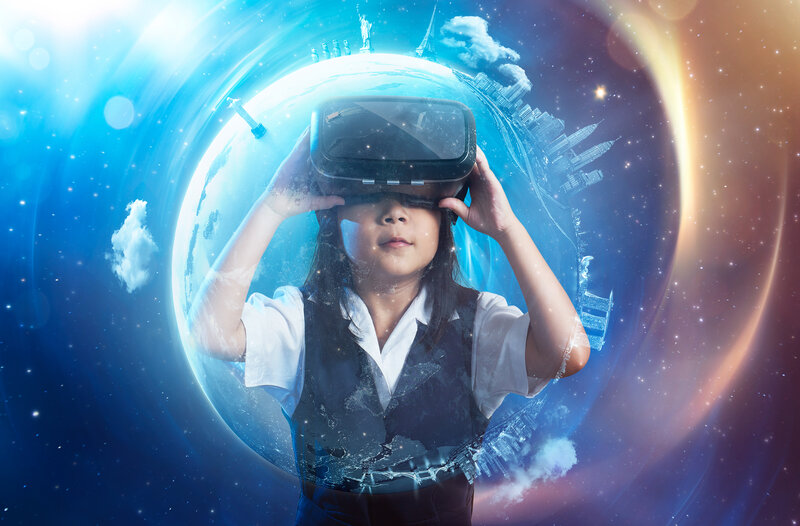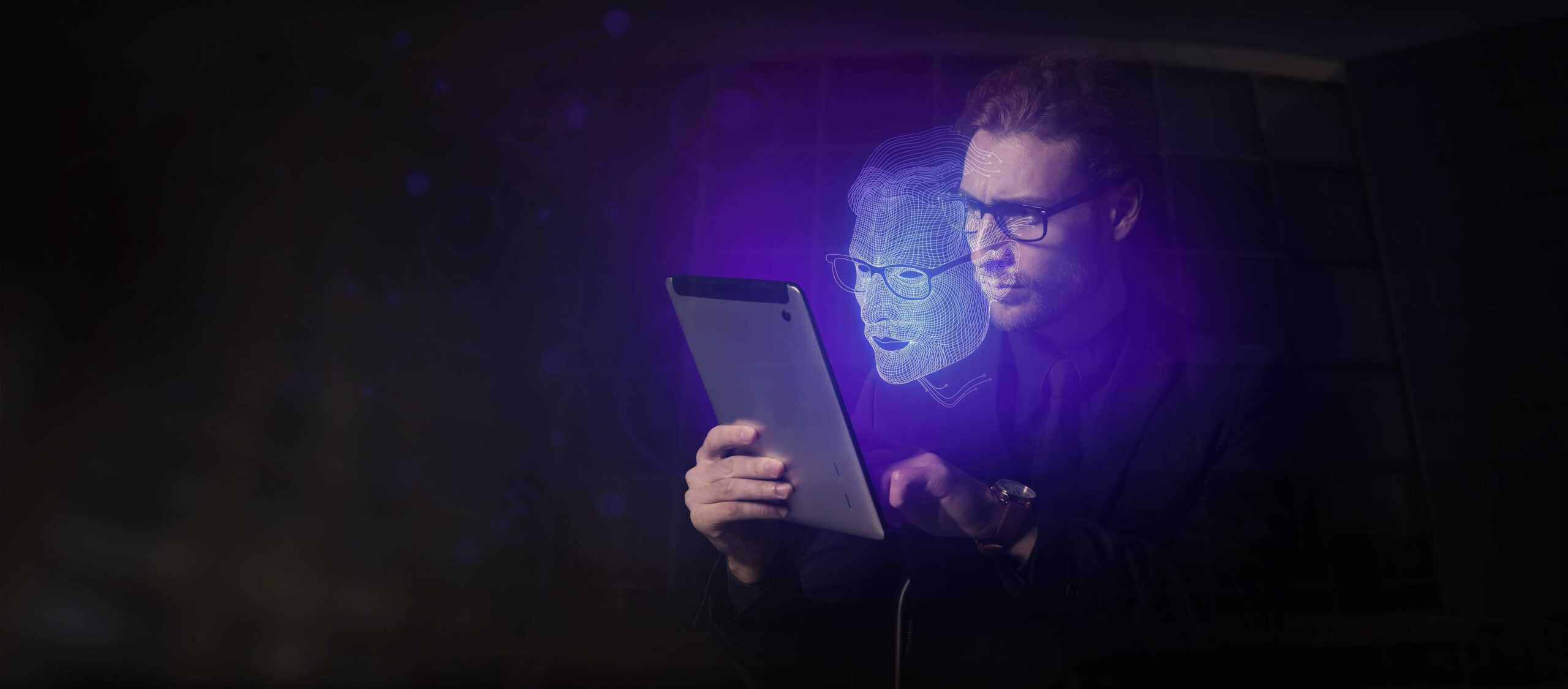Immersive technologies offer efficient teaching and learning tools, enabling an increase in student engagement and knowledge retention.
The education industry is highly competitive, and schools and universities use novel methods to improve learning experiences and attract more students. That’s why they’re no strangers to the benefits of VR and AR products that improve class engagement and knowledge retention. The augmented and virtual reality in education market is expected to reach $19.6 billion by 2023, growing at a compound annual growth rate of 16.2 per cent.
And tech companies have already developed a number of immersive solutions that are well accepted by students and offer a great way of creating teaching material that is captivating and interesting to tech-savvy students. And today when millions of students study from home, teachers are increasingly turning to technology.
Augmented reality goes beyond entertainment apps and enters classrooms
Cutting-edge technology such as AR can be a powerful educational tool that helps students stay engaged and dedicated to learning new material. One example is an AR app called Outside 3D. And this is not some ordinary, run-of-the-mill app that only allows 3D image presentation. An immersive learning experience that the app provides is the result of combining simplified explanations of subject matters, interesting facts, audio narrations, and background music carefully chosen for each subject. Available for both Android – and iOS-based smartphones, the app provides a substantial amount of learning material, from learning how to play the piano to learning about the human body to planets. Options are virtually limitless.
The mission behind the app is the result of a future-oriented company whose mission is to deliver methods of teaching and learning in schools or school-like environments that are more advanced and more suitable for future generations. Founder and CEO, Toro Orero explains the vision behind the app. “Most young people love learning but don’t necessarily like the process of education in its current or traditional form. That is why we have created Outside 3D. We believe that knowledge should be experienced and not seen as a chore. Experiential learning is one of the most powerful ways to learn, and Outside 3D brings this power to you by helping you experience what you learn.” Most importantly, Orero is well-aware of a difficult situation due to the pandemic noting that “now is a good time for education providers and parents to explore and adopt new ways of keeping young people engaged and hungry to know more about the world in which they live”.
Exploring the world using virtual reality tech
Unlike technologies that don’t require special equipment other than smart devices where we can install AI-powered tools such as numerous chatbots that provide answers to questions, or Google Translate that’s always useful when dealing with a foreign language, VR is a bit different. It requires users to have headsets that in the past came at a pretty hefty price. Luckily today, headsets such as Google Cardboard cost as little as $10. The price dictates the quality of experience, but the positive thing is that it also makes it possible for a large number of students to have access to this state-of-the-art technology. And it’s not just for fun! It allows students to go on a virtual tour anywhere in the world. This is especially useful nowadays when many countries have introduced travel restrictions. And even without such restraints, travelling for many disadvantaged students wouldn’t be accessible. Entering VR will enable us to go anywhere we want and learn about exotic worlds, experiencing it to the fullest.
For instance, The Arlington Science Focus School in Arlington, was working closely with Baltimore start-up, Alchemy Learning, to develop VR trips. Students would wear Oculus Rift headset so they could explore the Amazon, learning about the habitat and exotic animals living there. Another interesting example is the Google Tour Creator that allows students to create and publish their own immersive, 360-degree tours. All students have to do is to “upload their own panoramic photos or find one on Google Street view and highlight points of interest for their viewers”. The Google Tour Creator is designed in such a way it can be used with Google Cardboard headset, including existing virtual field trips on Google’s Expeditions app. And this is not everything Google offers. Its Arts and Culture VR app features as many as 1,200 museums around the world that students can visit.
Students can build soft skills in virtual environments
One in 160 children has an autism spectrum disorder. And while some can live independently, others need constant care and attention. Also, this means that for children with autism attending school can be a challenge due to other co-occurring conditions such as anxiety and depression. Besides being a cool tool that enables virtual field trips and visiting cool museums, VR tools can help students with high-functioning autism and learning disabilities build their soft skills. The research team from the University of Kansas Department of Special Education and the university’s Center for Research on Learning developed Virtual Reality Opportunities to Integrate Social Skills (VOISS). The application provides virtual experiences where students can practice social interactions with avatars “in various environments such as a classroom, hallway, gymnasium, school bus, and cafeteria” while “teamwork skills will be taught using team-based activities such as working in groups or playing sport.” “Our idea is to use virtual reality to explicitly teach students these social competency skills and how to generalize them in their natural environments,” explained Amber Rowland, assistant research professor in the Center for Research on Learning.
Immersive tech is a cutting-edge alternative to traditional learning
Immersive technologies help students and educators alike, ensuring a more efficient learning process in a better learning environment. From the virtual field tours to biology and piano lessons, immersive products make education fun and interesting. The demand for these technologies is growing as educators keep discovering new ways to implement cutting-edge technology and adapt teaching methods to tech-savvy students.




